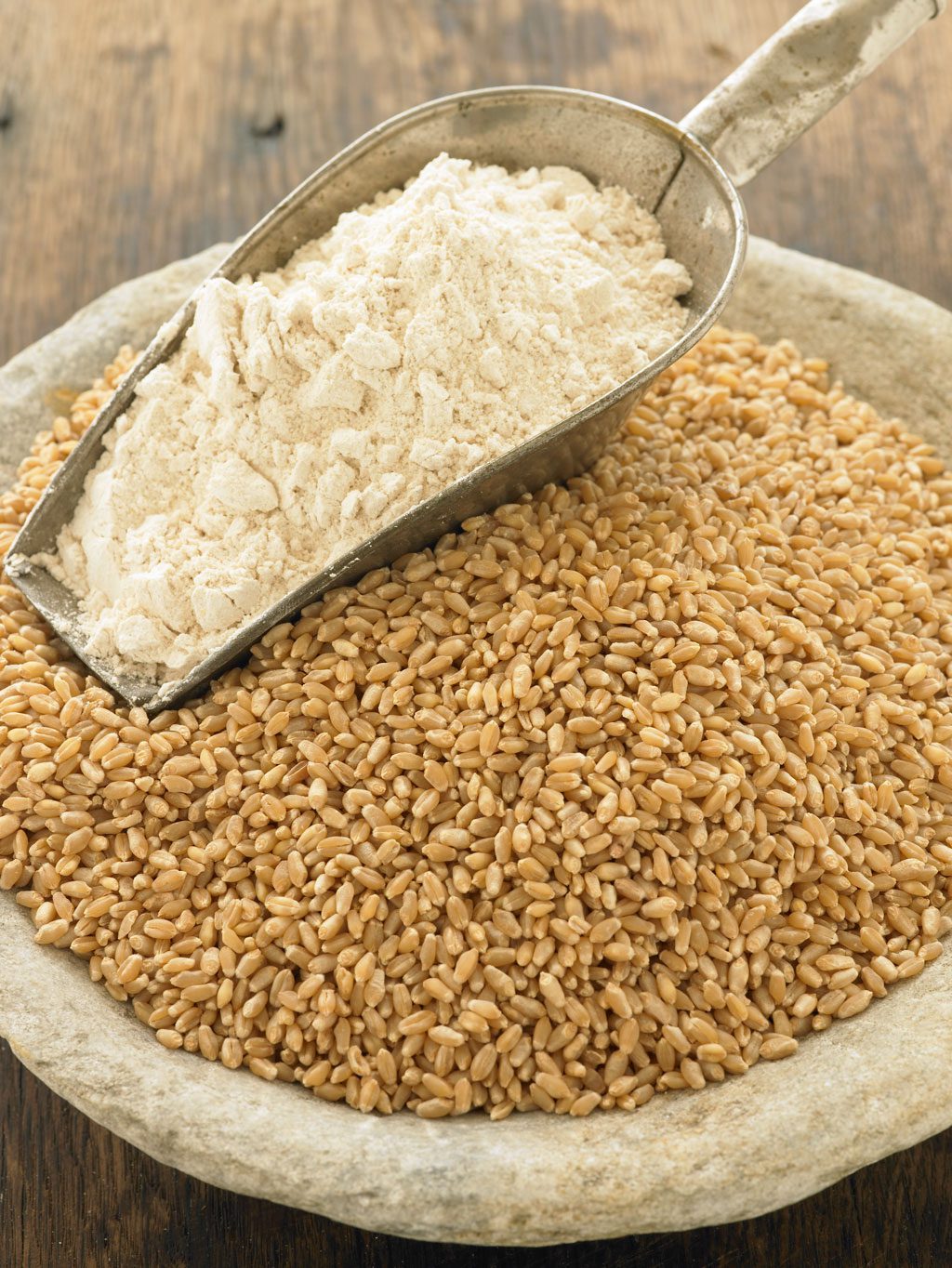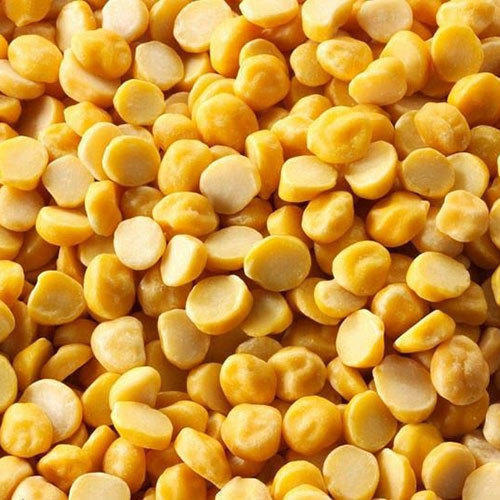India stands first in the area and production of chickpea among all the chickpea producing countries of the world, contributing more than 50% of the output from states like Madhya Pradesh, Maharashtra, Rajasthan & close to 29% of the total area. Also, chickpea accounts for nearly 70 percent of pulse export from India.
It can be grown in a wide range of climatic conditions, but it prefers a mild, cool, and comparatively dry climate with 20°-25°C temperature and 40-50 cm rainfall. Chickpea can be grown in soil types including sandy to deep black soils. However, the best-suited grounds are deep loams or silty clay loams with a pH of 6 to 8.
As for the irrigation requirements, pre-irrigate or water-up to fill the soil profile wherever possible. Irrigate early at 60-70% of field capacity to avoid crop stress and soil cracking open. Chickpea crops that are irrigated can be very profitable with well-managed crops yielding more than 3.5 t/ha. Generally, the recommended doses for chickpea include 20–30 kg and 40–60 kg of nitrogen (N) & phosphorus (P) respectively. If soils are low in potassium (K), an application of 17 to 25 kg K ha-1 is recommended.
Following are some of the most common diseases with their control measures in barley crops.
Fusarium wilt: Affected plants appear in patches in the field; Affected seedlings show desiccation and light green discoloration; dark brown discoloration of xylem; infected seeds are shriveled.
Control measure:
- Seed treatment with Pseudomonas fluorescens, Trichoderma harzianum, T. viride, Bacillus subtilis, etc. @ 4 g/kg seed
- Treat seeds with carbendazim@ 2 g/kg or benomyl @ 3 g/kg
Dry root rot: Drooping of petioles and leaflets; Leaves and stems of affected plants become straw-colored; Dark, minute sclerotia can be seen on the infected roots
Control measure:
- Seed treatment with captan or thiram or benomyl @ 3g/kg of seed
- Sowing on time
- Give irrigation at flowering
Ascochyta blight: Small water-soaked lesions on leaves, stems & pods; black dots can be seen within the lesions; apical twigs, branches, and stems show girdling, break at the point of girdling.
Control measure:
- Use varieties like Him chana -1, Gaurav, Vardan, Samrat, PBG 1, and BG 261
- Seed treatment with thiram @ 3 g/kg
- Foliar spray of chlorothalonil @ 2 ml/L
- Crop rotation, intercropping with barley, wheat, mustard
Collar rot: Affected seedlings turn yellow; appears in small scattered patches in the field; diagnosed by whitish mycelia at the collar region.
Control measure:
- Treat seeds with carboxin @ 3 g/kg of seed
- Application of calcium fertilizer
- Using biocontrol agents like Trichoderma harzianum, T. viride, Bacillus subtilis
Anthracnose: It can kill the plants at any crop growth stage; Wilting and drying of seedlings; lesions are elongated, hollow, and dark brown on the stem and circular to elongate on leaves and pods.
Control measure:
- Seed treatment with carbendazim @ 2g/kg
- Spraying chlorothalonil @ 2 g/L
Cutworm: Larvae feed on leaves, stems, and roots; larvae are grey-black; Seedlings are cut at or below ground level
Control measure:
- Intercropping with wheat or linseed, or mustard
- Grow marigold on bunds
- Spray Endosulfan or aldrin @ 2 ml/L
- Spray Metarhizium anisopliae or NPV
Conclusion
Most of the Indian population is proceeding towards a healthier lifestyle and adopting quality food over quantity. Chickpeas, being a very rich source of healthy carbs and protein, is in demand in India and outside India. It is very profitable for Indian farmers to grow chickpeas amongst the other major rabi crops. Also, as per the Union Budget 2022-23, the Indian government has increased MSPs 1.5 times of the cost of production for all the rabi crops.








 Connect With Us
Connect With Us